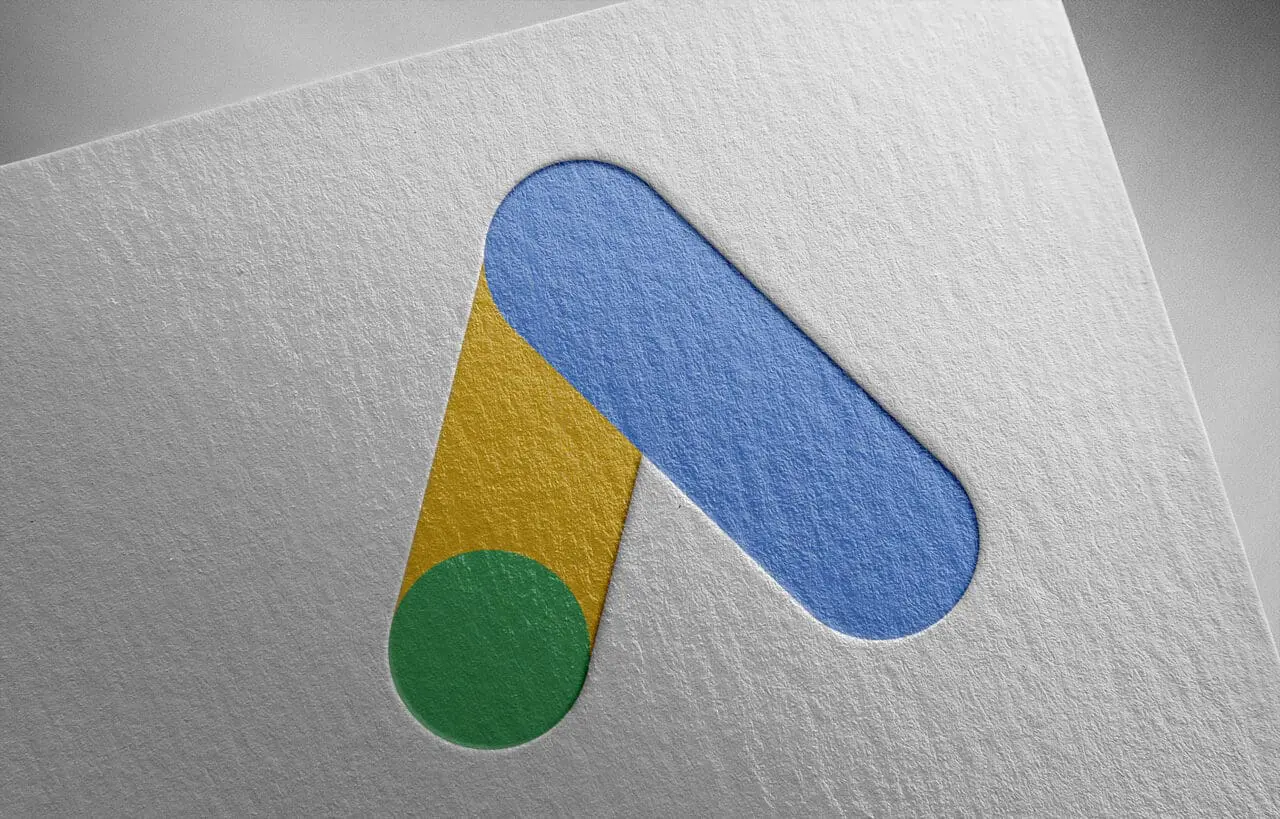

Following an experiment by Bristol and Cambridge Universities, Google has announced that it plans to run adverts on YouTube, TikTok, Twitter and Facebook, educating users about how to spot disinformation and misinformation.
The University experiment which led to Google’s decision to run adverts was based on the idea of ‘pre-bunking’ from ‘Inoculation Theory.’
Inoculation Theory suggests that by using various forms of communication, people can be persuaded not to be influenced by other arguments or belief systems. Pre-bunking / attitudinal inoculation, based on Inoculation Theory, is the idea that giving web users a small dose of online manipulation and disinformation will help them spot it and protect themselves from it in the future.
The experiment involved Google Jigsaw (a part of Google that “explores threats to open societies”) showing 90-second video adverts on YouTube to 5.4 million people. The adverts informed viewers about the misinformation tactics they may encounter on the platform. 22,000 subjects were then surveyed after seeing the videos.
The results showed that respondents’ ability to spot disinformation techniques to decide whether to share content had increased and that they had an increased ability to discern trustworthy from untrustworthy content. Also, it was found that the ‘inoculation’ effect of the videos worked for people with different levels of education, political views, and personality types. Therefore, it was concluded that this general inoculation could be scaled and work well against online misinformation.
Although Google plans to go ahead with the adverts, based on the success of the experiment, concerns raised by some tech commentators include:
– Concerns about impartiality, i.e. who decides what the misinformation (incorrect information) and disinformation (deliberately misleading information) are, whether it is Google, a government, or another influence. Also, pre-bunking can be used for the wrong reasons, e.g. manipulation by certain regimes.
– The recent failure in the US of pre-bunking over the reason for a video being produced by Russia (which never materialised) in the run-up to Russia’s invasion of Ukraine. Pre-bunking also proved to be not entirely successful in stopping fake news about COVID-19.
Many people (particularly younger age groups) tend to get their news from sources such as social media, which are less trusted regarding factual accuracy and motivations. Social media platforms, however, have found it difficult to stop and remove fake news, hate speech, and other damaging elements from their channels. State-sponsored attempts to influence opinions in recent years, e.g. the US election and UK Brexit referendum, plus widescale spreading of misinformation and disinformation about COVID-19, have all shown that this is a real problem online. Poor relationships between the west and Russia and China in recent times, plus Russia’s invasion of Ukraine, have also made the risk of fake news and deepfakes being circulated even greater. Although pre-bunking may not have been entirely successful in other cases recently, the results of the recent experiments could indicate that pre-bunking adverts may be one useful tool and tactic for tackling misinformation and disinformation online. However, some people will view it with suspicion, so it remains to be seen how well it works in practice, although this may be difficult to measure.

